If your air conditioner isn’t cooling your home like it used to or your energy bills are rising fast, you might be wondering: how long do air conditioners last? It’s one of the most common questions homeowners ask when dealing with an older AC unit. And it’s a smart one, too, because knowing the average lifespan of your air conditioning system can help you plan better, avoid breakdowns, and decide when it’s time to repair or replace.
In this guide, we’ll cover everything you need to know about the lifespan of your air conditioner: average life expectancy, signs your AC is nearing the end, how to extend the life of your system, and how to make smarter, more cost-effective decisions as a homeowner.
What Is the Average Lifespan of an Air Conditioner?
The average lifespan of an air conditioner is about 12 to 17 years, depending on the type of unit, how well it’s maintained, and environmental factors. With proper care, some high-quality systems can last 15 to 20 years.
Here’s a breakdown of how long different types of air conditioners typically last:
| Type of AC System | Average Lifespan | Maintenance Needs |
| Central Air Conditioner | 12 – 17 years | Moderate |
| Ductless Mini-Split System | 15 – 20 years | Low to Moderate |
| Window Units | 8 – 12 years | Low |
| Portable AC | 5 – 10 years | Low |
Source: Energy.gov, Consumer Reports
The quality of the unit, frequency of maintenance, and your local climate (e.g., high humidity or salty air) all play a role in how long your AC system lasts.
Factors That Impact the Lifespan of Your Air Conditioner
1. Quality of the Unit
Better materials, durable components, and premium manufacturing standards all increase how long your AC system will last.
2. Installation & Sizing
If your unit was not installed correctly or is too large or small for your space, it can experience premature wear. Proper sizing is critical to lifespan.
3. Regular Maintenance
Annual checkups help prevent dirt buildup, refrigerant issues, and airflow problems. Key maintenance tasks include:
- Cleaning the condenser coil
- Replacing or cleaning filters
- Checking refrigerant levels
- Inspecting electrical components
4. Usage & Climate
AC systems in hot, humid climates or homes that run the system year-round (especially heat pumps) tend to wear out faster.
5. Air Quality & Filtration
Dust, debris, and poor indoor air quality can clog filters and strain the system. Clean filters and sealed ductwork keep your AC running smoothly.
Signs Your Air Conditioner Is Nearing the End
It’s not always obvious when your air conditioner is nearing the end of its life, but here are some red flags:
- Frequent Repairs: Needing constant AC repair? It may be more cost-effective to replace.
- Higher Energy Bills: An old unit loses energy efficiency and costs more to run.
- Uneven Cooling: Inconsistent temps can mean your AC system is struggling.
- Strange Noises or Odors: These often point to failing components.
- Warm Air or Poor Airflow: If your AC blows warm air or airflow is weak, the compressor or refrigerant levels may be the issue.
- Unit Is 15+ Years Old: If your AC unit is over 15 years old, it’s nearing the end of its useful life.
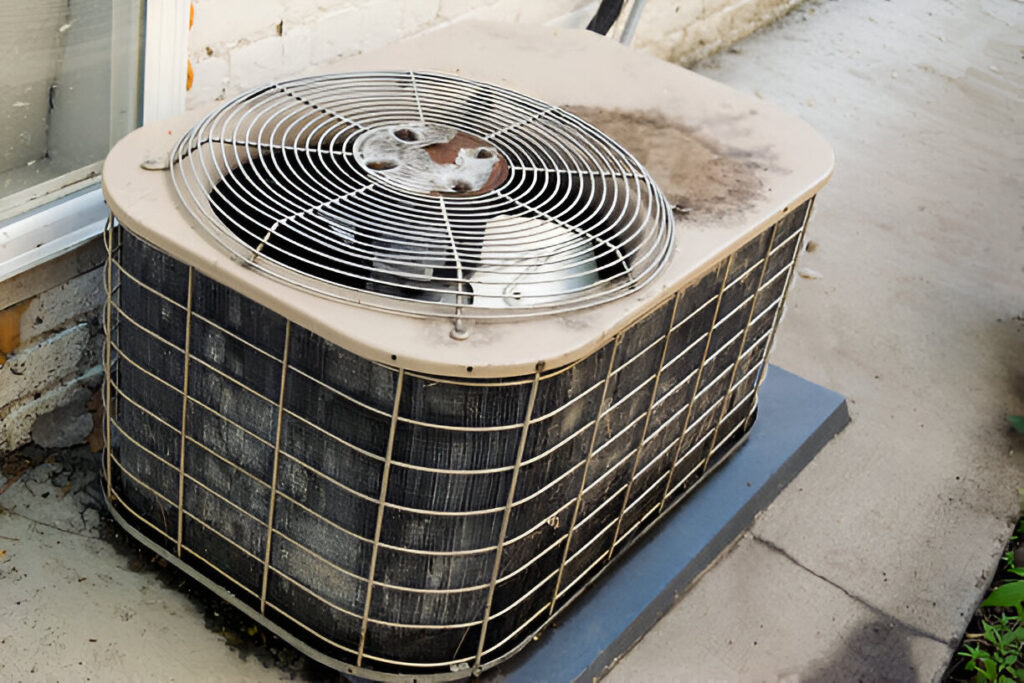
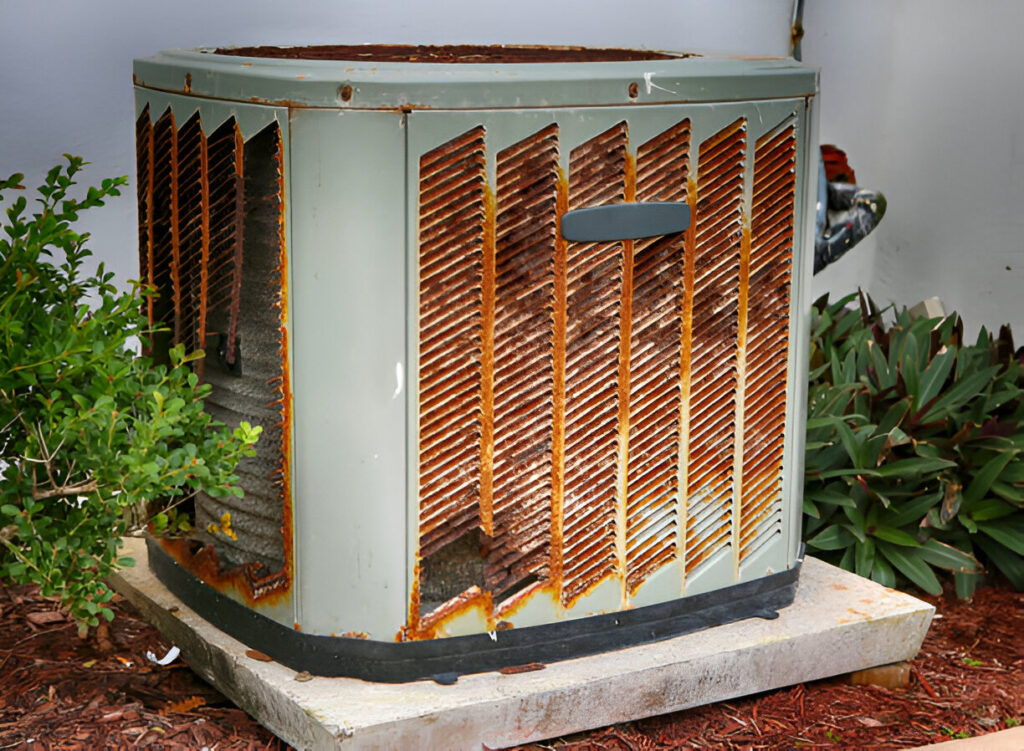
Repair or Replace? How to Decide
Here’s a helpful reference guide:
| Condition | Repair | Replace |
| Unit is under 10 years old | ☑️ | |
| Major repair costs over $1,500 | ✅ | |
| System uses outdated refrigerant (R-22) | ✅ | |
| Unit is 15+ years old | ✅ | |
| Poor energy efficiency | ✅ | |
| Short cycling or uneven temps | ✅ |
Tip: If the cost to repair is 50% or more of the cost of a new unit, it usually makes more sense to replace it.
Common AC Lifespan vs. Replacement Cost Comparison
This table helps you evaluate how much life your unit may have left and what it might cost to replace it.
| AC Unit Age | Estimated Years Left | Typical Repair Cost | Replacement Cost Estimate |
| 5 Years | 10–12 Years | $150 – $500 | Not needed |
| 10 Years | 5–7 Years | $300 – $1,200 | $6,500 – $10,000 |
| 15+ Years | 0–2 Years | $1,000 – $2,500+ | $7,500 – $12,000 |
How to Extend the Life of Your Air Conditioner
Want to make your system last longer? Here are proven ways to help extend the life of your air conditioner:
- Schedule Regular AC Maintenance: Annual inspections by an HVAC professional catch small issues before they become big ones.
- Change Air Filters Monthly: Dirty air filters reduce airflow and increase strain.
- Keep the Outdoor Unit Clean: Remove leaves, dirt, and debris to keep your condensing unit running efficiently.
- Install a Smart Thermostat: Helps manage usage and avoid unnecessary cycles.
- Seal Leaky Ducts: Prevents air loss and improves system efficiency.
- Use Shade and Insulation: Reduce the load on your AC system by shading windows and sealing your home.
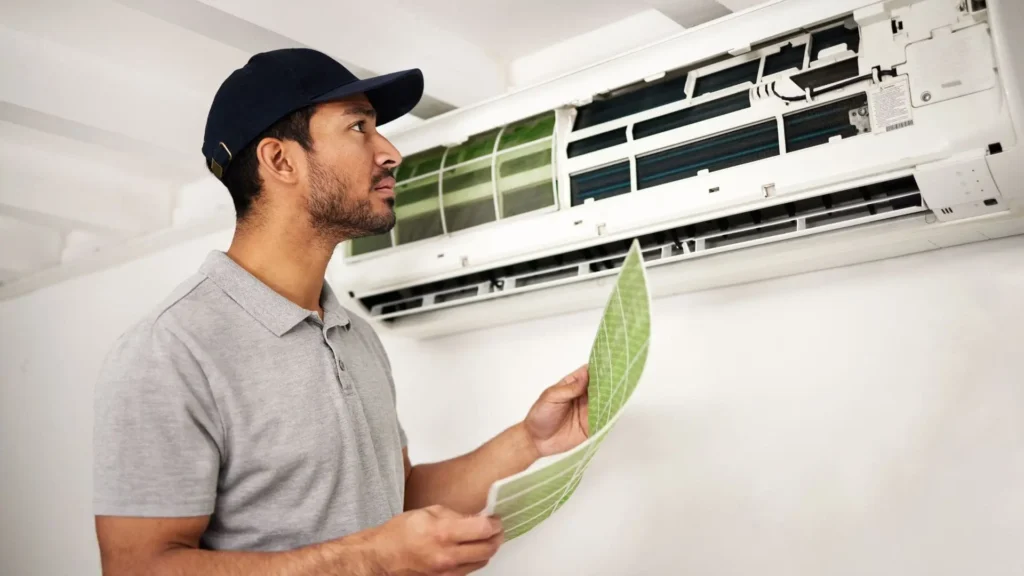
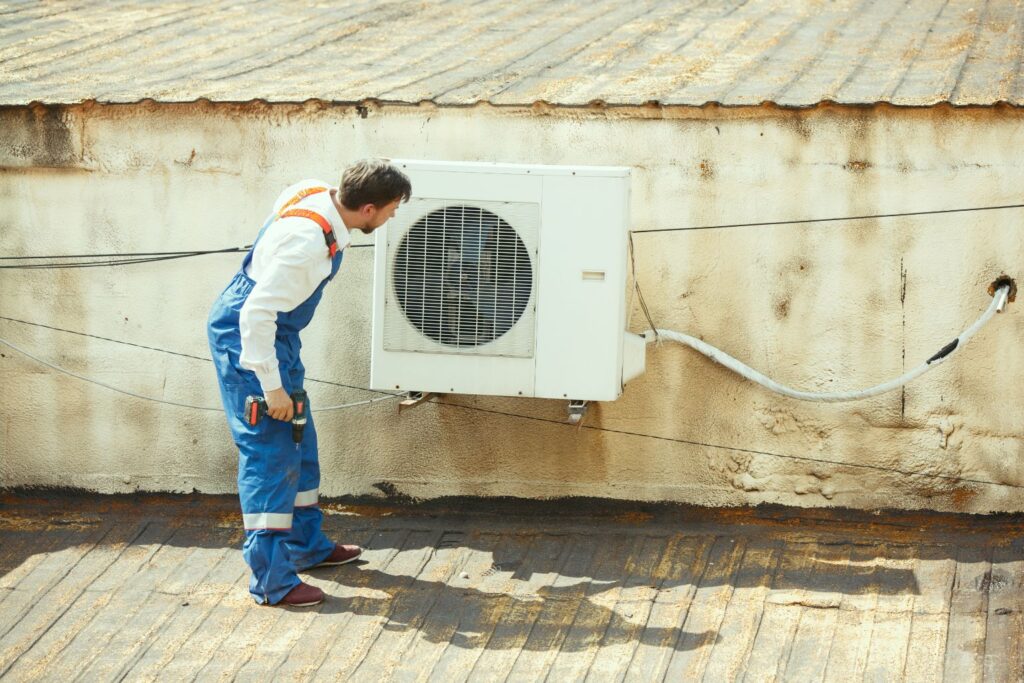
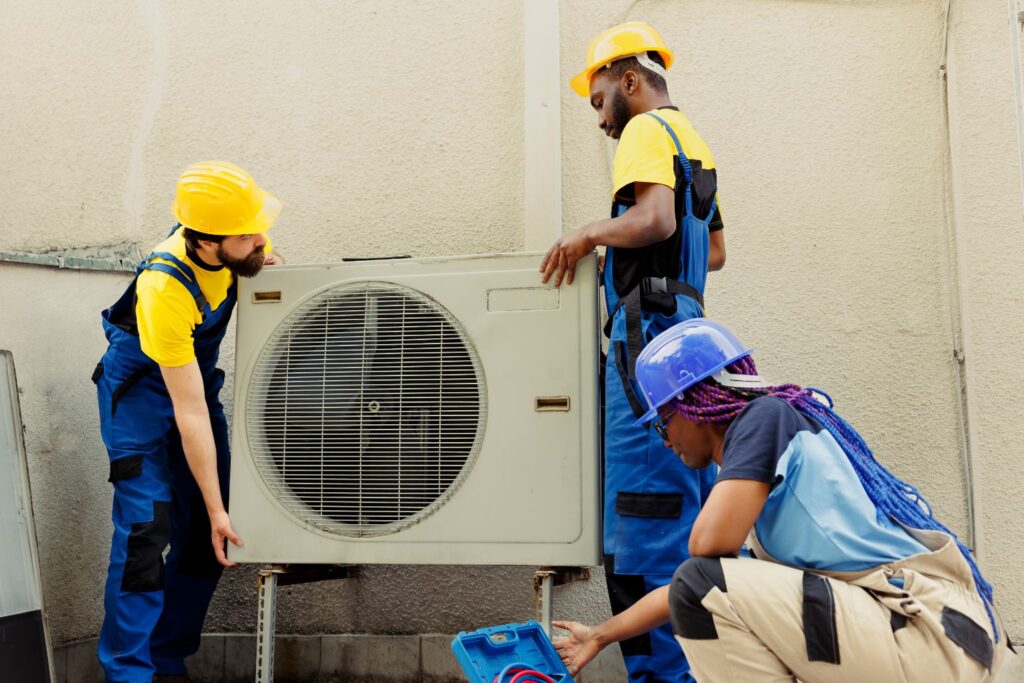
New AC Technologies That Can Extend System Life
Newer AC systems are built to last longer and perform more efficiently. Here are some features to look for:
- Variable-Speed Compressors: Adjust cooling output more precisely and reduce start/stop stress.
- ECM Motors (Electronically Commutated Motors): Improve airflow and use less energy.
- Corrosion-Resistant Coils: Especially helpful in coastal or humid environments.
- Smart Diagnostic Systems: Monitor performance and send alerts before major failures occur.
These upgrades reduce wear and tear and offer better temperature control and efficiency over the unit’s life.
Understanding HVAC Codes That Affect System Lifespan
Proper installation and long-term performance depend on compliance with local and national HVAC codes. These codes ensure your system runs safely and efficiently for its expected lifespan.
Some key standards include:
- International Residential Code (IRC) and International Mechanical Code (IMC): Set requirements for ventilation, combustion air, refrigerant piping, and more.
- ASHRAE Standards (e.g., ASHRAE 62.1, 90.1): Cover indoor air quality, ventilation, and energy efficiency requirements.
- EPA Clean Air Act & Refrigerant Regulations: Mandate proper handling of refrigerants and phase-outs of R-22 and R-410A in favor of more eco-friendly options.
- Local building codes: Often require permits, licensed contractors, and inspection of ductwork, electrical connections, and system sizing.
Having your system installed by a licensed contractor who adheres to these codes can directly impact how long your AC lasts and whether it qualifies for rebates, warranties, or insurance coverage.
What Are SEER and SEER2 Ratings?
Your system’s efficiency rating plays a big role in its performance and lifespan.
- SEER (Seasonal Energy Efficiency Ratio): Higher = better cooling performance
- SEER2: A new testing method adopted in 2023 to reflect real-world use
- 13.4 SEER2 = minimum for northern U.S.
- 14.3 SEER2 = minimum for southern U.S.
Choosing a unit that exceeds minimum SEER2 standards can lower energy bills and reduce long-term wear.
Refrigerants and Why They Matter for AC Lifespan
Older AC units often use R-22 or R-410A, both of which are being phased out due to environmental concerns. Recharging these systems is expensive and may be unavailable soon.
Newer refrigerants like:
- R-32 and
- R-454B
are more efficient and eco-friendly. If your system still uses an old refrigerant, replacement may be more cost-effective than repairs.
Manufacturer Warranties and Lifespan Expectations
Different brands offer varying warranty lengths that can help you estimate their intended lifespan and reliability.
| Brand | Typical Warranty | Key Notes |
| Trane | 10–12 Years | Highly durable and known for longevity |
| Lennox | 10 Years | Often includes parts and labor |
| Carrier | 10 Years | Strong reliability and customer service |
| Goodman | 10 Years | Budget-friendly, good for basic installs |
Registering your product within a certain time frame often unlocks the full warranty term, so always check the paperwork.
Environmental Impact of Keeping an Old AC
Older air conditioners:
- Use more energy
- Often rely on phased-out refrigerants like R-22 or R-410A
- Generate more carbon emissions
Newer models use eco-friendlier refrigerants (like R-454B or R-32) and meet strict SEER2 efficiency standards, helping reduce your environmental footprint and qualify for energy rebates or tax credits.
Upgrading can reduce your home’s energy consumption by up to 20–30% and lower greenhouse gas emissions.
Permits, Inspections, and Why They Matter
In most cities and counties, HVAC replacements require:
- A building permit
- Post-installation inspection
- Licensed contractor documentation
Skipping permits may void warranties or cause issues when selling your home. It also increases the risk of unsafe or non-code installations, shortening your system’s life and increasing fire or refrigerant hazards.
Visual Timeline: The Typical AC Lifecycle
- Understanding how air conditioners typically age helps homeowners plan maintenance and budget for eventual replacement. Here’s a simplified breakdown of what to expect at each stage of an AC system’s life:
- Years 1–5: Peak Performance
This is the system’s most efficient period. Cooling is consistent, energy bills are predictable, and repairs are rare. Most units are covered under full manufacturer warranty during this time. Routine filter changes and annual maintenance are usually all that’s needed. - Years 6–10: Increased Maintenance Needs
Efficiency remains decent, but regular servicing becomes more important. Minor issues may start to appear, such as thermostat inaccuracies, clogged filters, or refrigerant top-offs. Regular tune-ups during this period can help extend system life and prevent breakdowns. - Years 11–15: Declining Efficiency and Rising Repairs
The system may begin to show signs of wear. Cooling may become uneven, and parts like the blower motor or compressor may start failing. Repairs become more frequent and expensive. At this stage, it’s wise to begin evaluating whether continued repairs are cost-effective. - 15+ Years: End of Useful Life
Even if the unit still runs, efficiency is likely poor and repair costs high. Many older systems use outdated refrigerants and may no longer meet modern energy standards. Replacement is usually recommended for improved comfort, efficiency, and lower utility bills.
Your Next Steps for a Longer-Lasting AC
Your air conditioning system plays a big role in keeping your home comfortable, but like all machines, it won’t last forever. By understanding the average lifespan, watching for signs of wear, and investing in proper maintenance, you can get the most out of your AC system and avoid costly surprises.
When it’s time to replace or you need expert advice, trust the team at Osborne Heating & Cooling. We proudly serve homeowners in Powhatan and nearby areas with honest, affordable HVAC services that keep you cool when it matters most.
How to Choose the Right HVAC Partner for Long-Term System Health
Choosing the right HVAC company plays a major role in how long your air conditioning system lasts. A well-installed and properly maintained AC unit can perform efficiently for over a decade, while a poor installation or neglect can shorten its life significantly.
Here are a few things to look for when selecting a service provider:
- Experience with AC diagnostics and system evaluation
- Transparency on whether repair or replacement is the better long-term choice
- Knowledge of different system types like central air, ductless mini-splits, and heat pumps
- Technicians who are certified, licensed, and familiar with your local climate
- Maintenance plans that include routine inspections, filter changes, and performance checks
- Flexible financing or rebate guidance, especially for energy-efficient upgrades
For example, HVAC professionals like Womack Heating and Cooling in Southern Illinois have built a reputation over 17+ years by helping homeowners make informed decisions, not just selling systems. Choosing a company with this kind of approach ensures you’re not overpaying or prematurely replacing a system that still has life left.
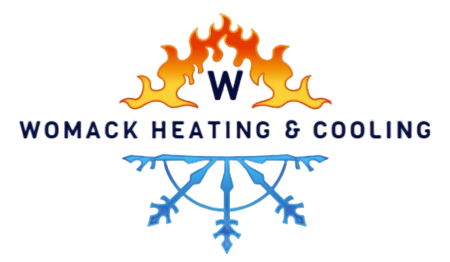
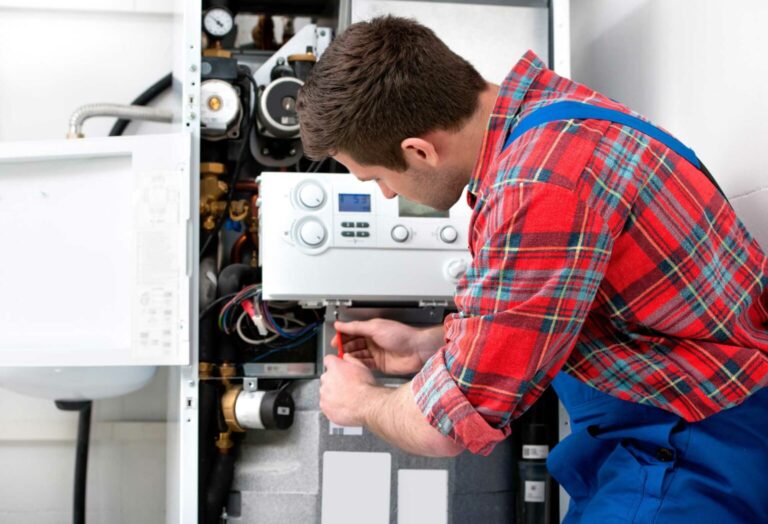

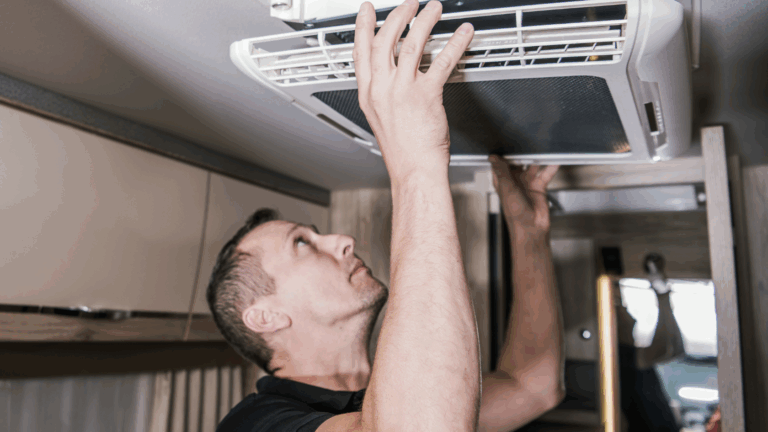
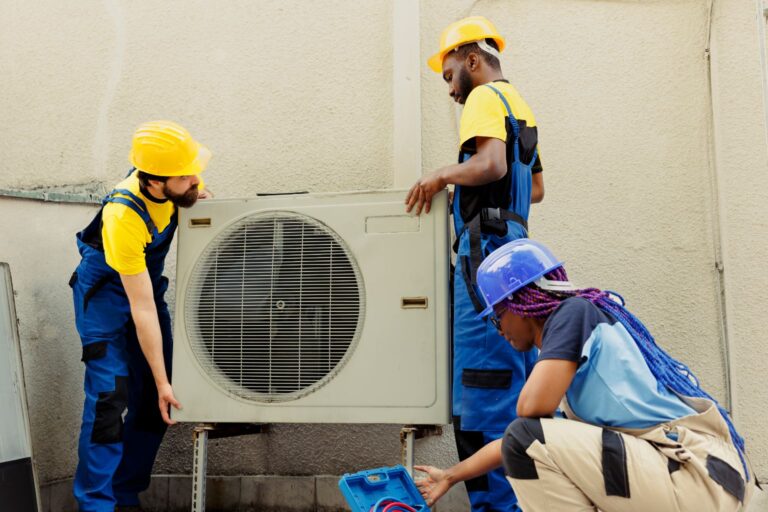
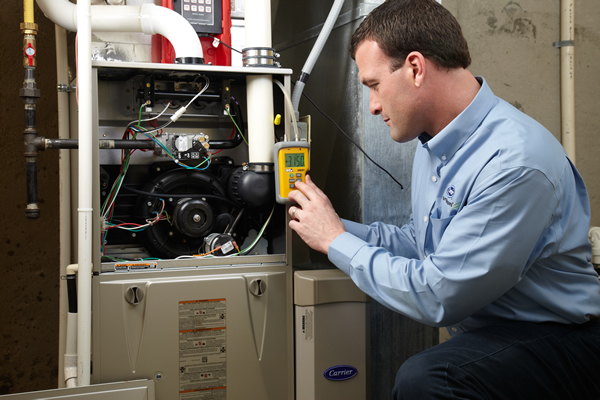
levitra danger generic levitra legal levitra buy 1.2